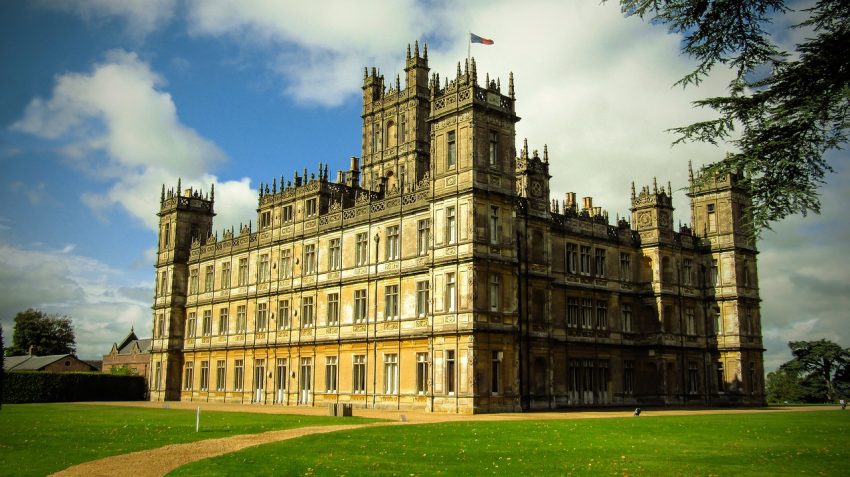Returning to the Lost Palaces of London

One of the most popular tourist attractions in London that is featured on almost every traveller’s list is Buckingham Palace, the official residence of Queen Elizabeth II. Buckingham Palace, however, doesn’t have a very long history as royal residence.
Previous kings and queens lived in other palaces, but perhaps due to the shape that they are in today (some in ruins or non-existent), not that many people visit these sights. If you’re an avid history buff though, we bet you’re gonna love exploring the forgotten palaces of London.
Greenwich Palace
Greenwich Palace, also known as Palace of Placentia, was a royal residence in the late medieval age and the early Renaissance. Humphrey, Duke of Gloucester, built the first residence there in 1443. Later, Henry VII expanded the original building and added massive courtyards, eventually turning it into one of his main residences.
His son and successor, Henry VIII, was born in Greenwich Palace, and his two granddaughters, future Queen Mary I and Queen Elizabeth I, were also born. Greenwich Palace was a lavish residence that reflected the new architectural movement in England, known as the Tudor style, which broke away with earlier medieval tradition.
James I, built an additional building there in 1635 for his queen, Anne of Denmark, known as Queen’s House, which was the first building to be consciously built in the classical style by architect Inigo Jones.
Both the Tudor and the Stuart buildings are important to English history and architecture, but unfortunately, only Queen’s House remains untouched today. Charles II demolished the palace to make way for a new one, which was never built. Instead, the Old Royal Navy College and the Royal Observatory were built on the site.
Tourists can visit Queen’s House, but they can also see some the remains of the Tudor palace, which were unearthed recently.
Whitehall
The Palace of Whitehall was another royal residence, the main residence for kings and queens between 1530 and 1698, which has been mostly destroyed. The palace was originally commissioned by the Archbishop of York Walter de Grey in 1240. Later, Cardinal Wolsey expanded York Palace, which Henry VIII later confiscated and renamed to Whitehall.
Henry VIII expanded it even more and made it his primal residence in 1530. Stuart kings built additional buildings, most famously the Banqueting Hall (another Inigo Jones masterpiece) in 1622. Whitehall became the largest palace in Europe at the time.
Two fires, one in 1691 and another in 1698, destroyed most of the castle and its precious artworks. Nowadays, only the Banqueting Hall, the site of Charles I’s beheading, remains intact. However, one can also see the remains of Henry VIII’s tennis courts and certain small constructions at 70 Whitehall that houses the Cabinet Office today.
Richmond Palace
Richmond Palace was the only Tudor-commissioned royal residence in London. Built by Henry VII on the site of a destroyed old palace called Sheen, Richmond Palace was the peak of Tudor architecture with its red bricks and sophisticated towers. The palace was the favourite residence of Henry VII and his granddaughter Elizabeth I, and they later both died there.
After Charles I was deposed and beheaded in 1649, the palace was sold by Parliament and later demolished with the materials being used for newer constructions. Nowadays, only Gate House serves as a reminder of the previously gorgeous palace. Gate House is inhabited though, so you can only see it from the outside.
Westminster Palace
Westminster Palace was likely built in 1016 by Cnut the Great, the Danish king who conquered England. Later, Edward the Confessor and William I expanded the palace. Westminster Palace was the main royal residence until a fire destroyed the privy chambers and Henry VIII moved his court to Whitehall.
Henry’s parliament, however, continued meeting at Westminster Palace as the parliament chambers were untouched by the fire. Another great fire of 1834 though destroyed the old palace and a new one was built on its place.
Westminster Palace is still the building housing Parliament. This is a popular tourist attraction, but not that many people know what parts of the original old palace remain. The parts in question are Westminster Hall (built in 1097), the Jewel Tower (built around 1365), the Undercroft Chapel (a Saxon relic), and parts of St. Stephen’s Chapel and the Cloisters (built around 1297).
Winchester Palace

Although it wasn’t a royal residence, Winchester Palace was a formidable building that houses the Bishops of Winchester for centuries. Henry of Blois, Bishop of Winchester, built the original palace in the early 12th century, so he could be close to the king whom he often advised.
Winchester Palace has been remodelled many times over the next centuries, most notably in the 14th and 17th centuries. The palace was, however, converted into tenements and warehouses in the early 18th century. Later, in 1814, most of it was destroyed in a great fire.
Nowadays, only parts of the original great hall remain.